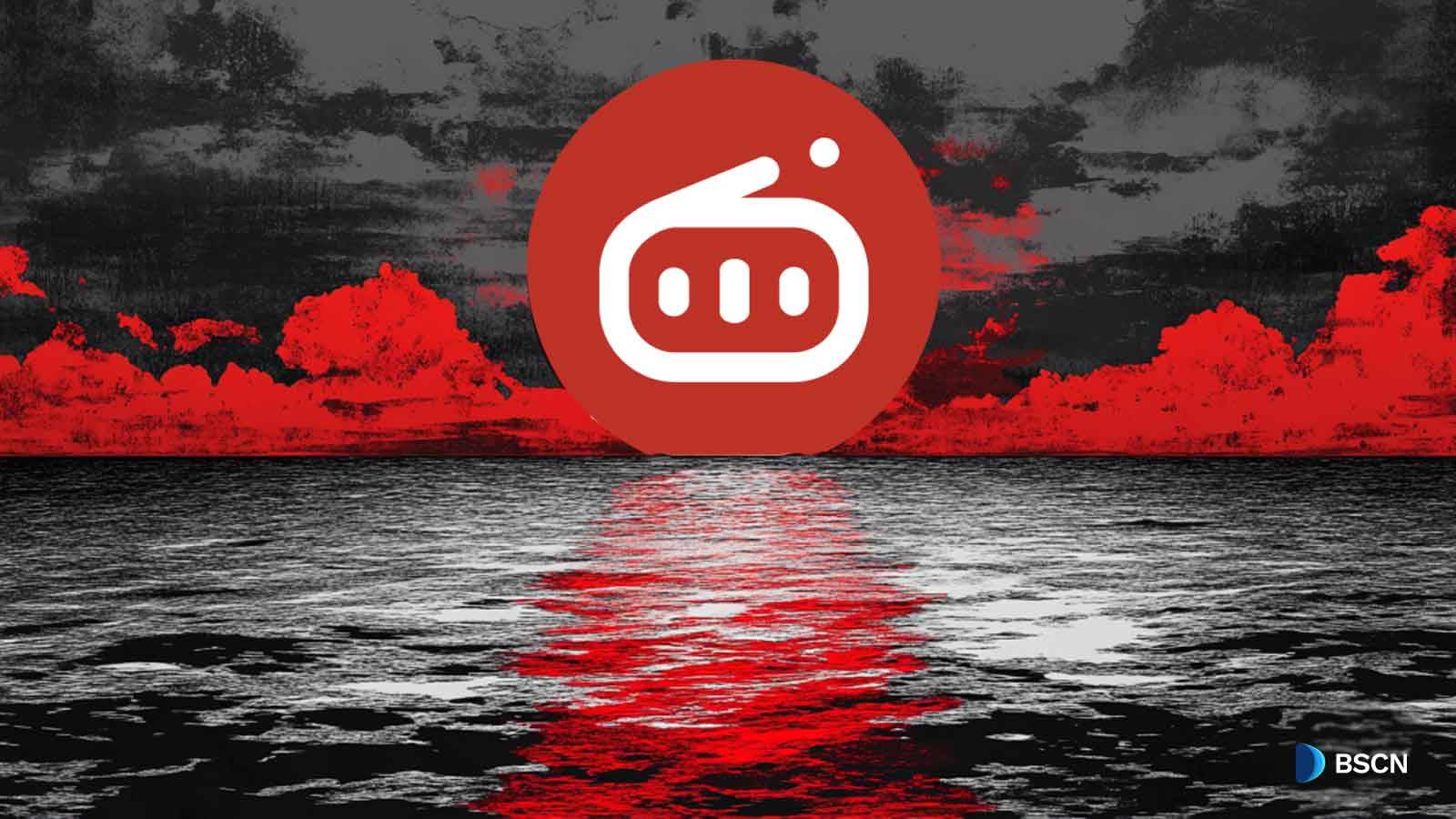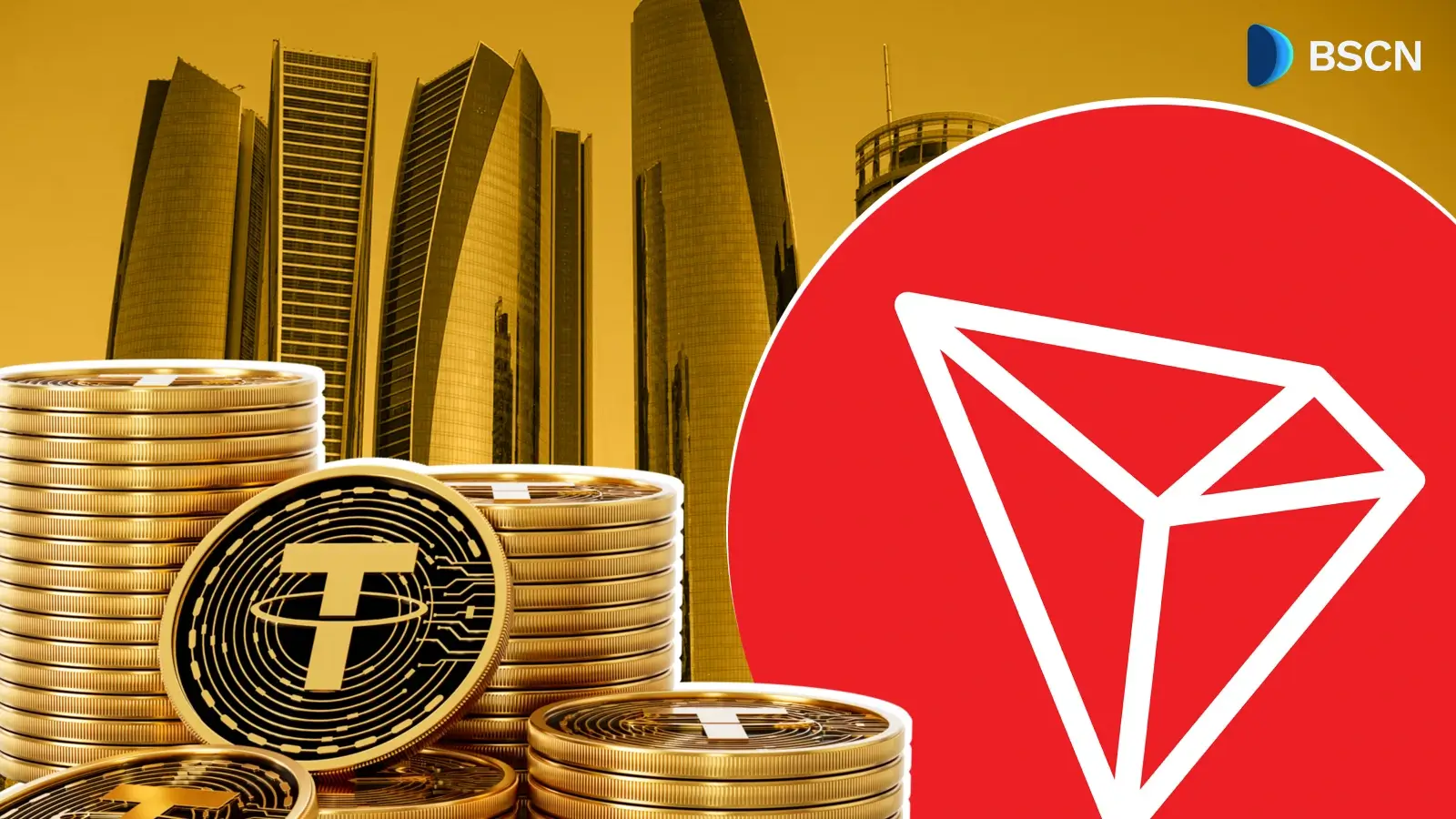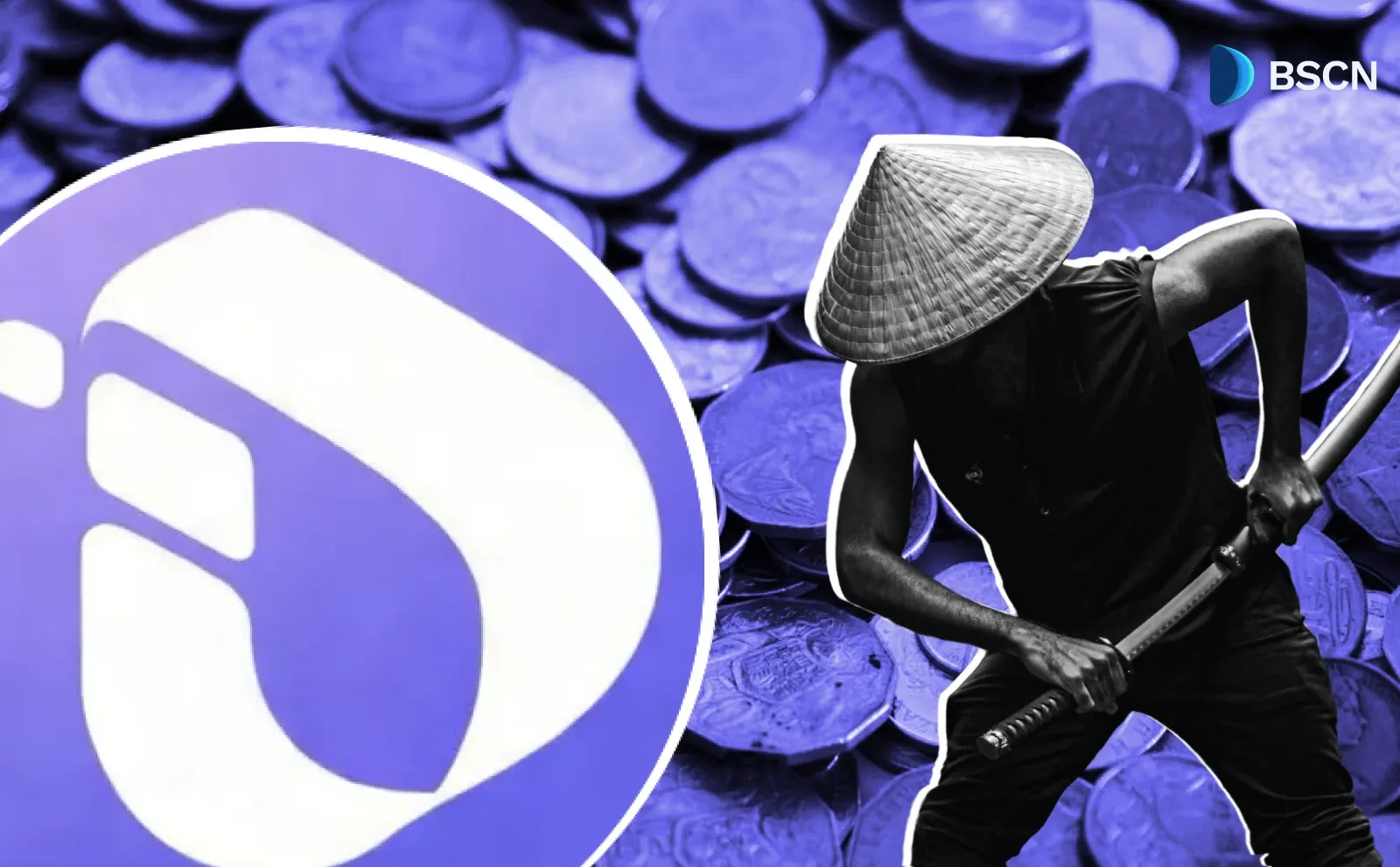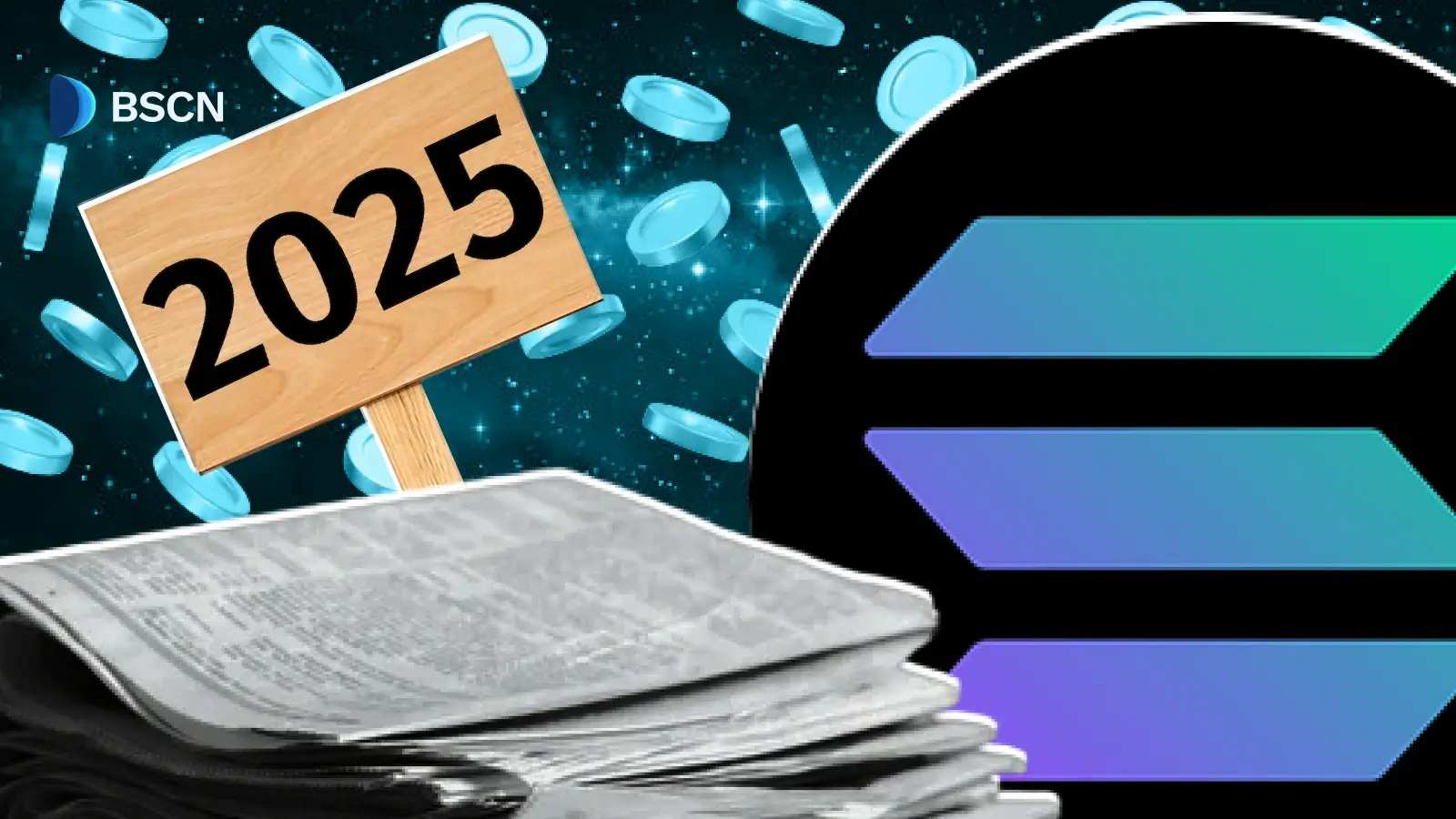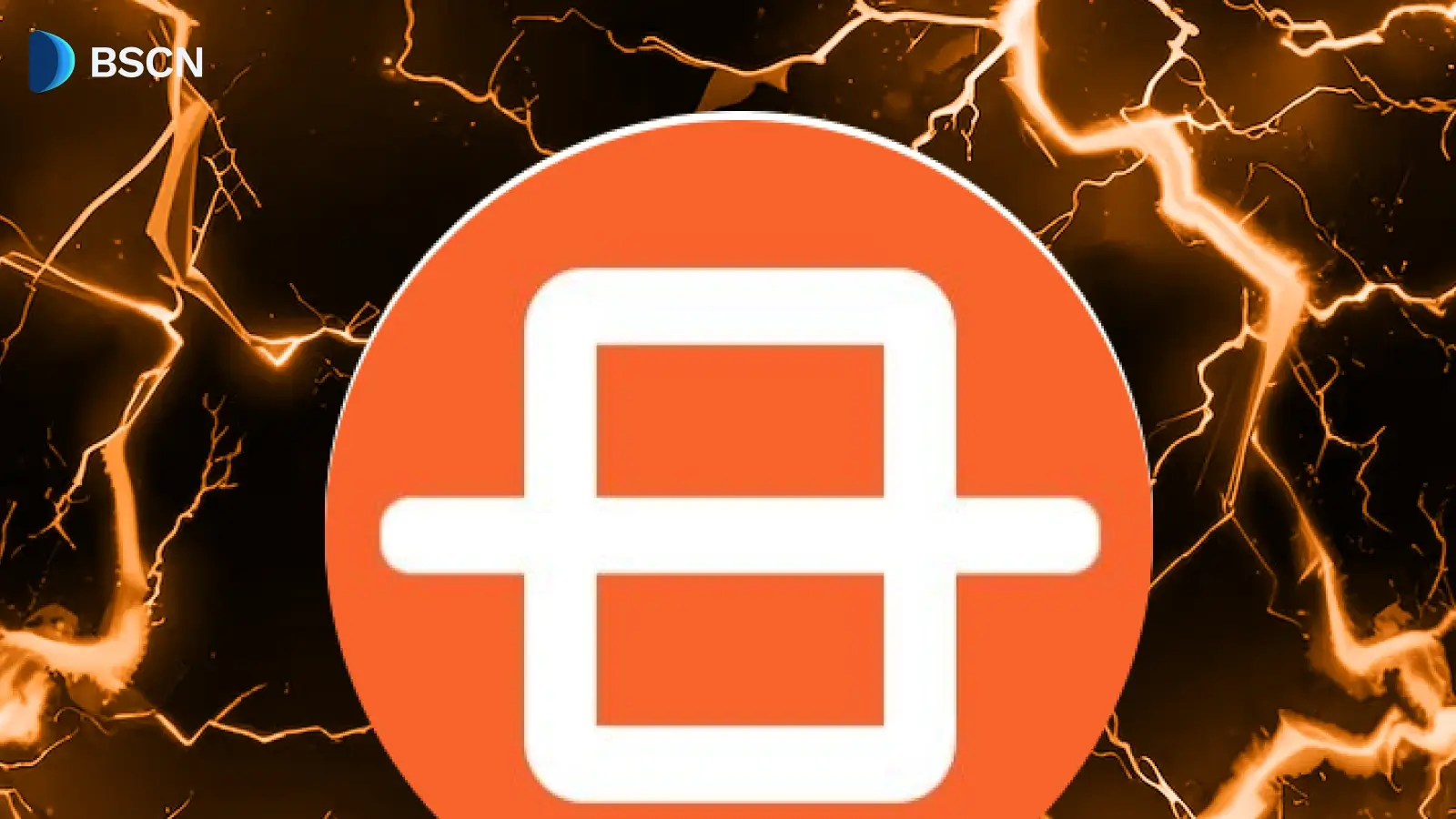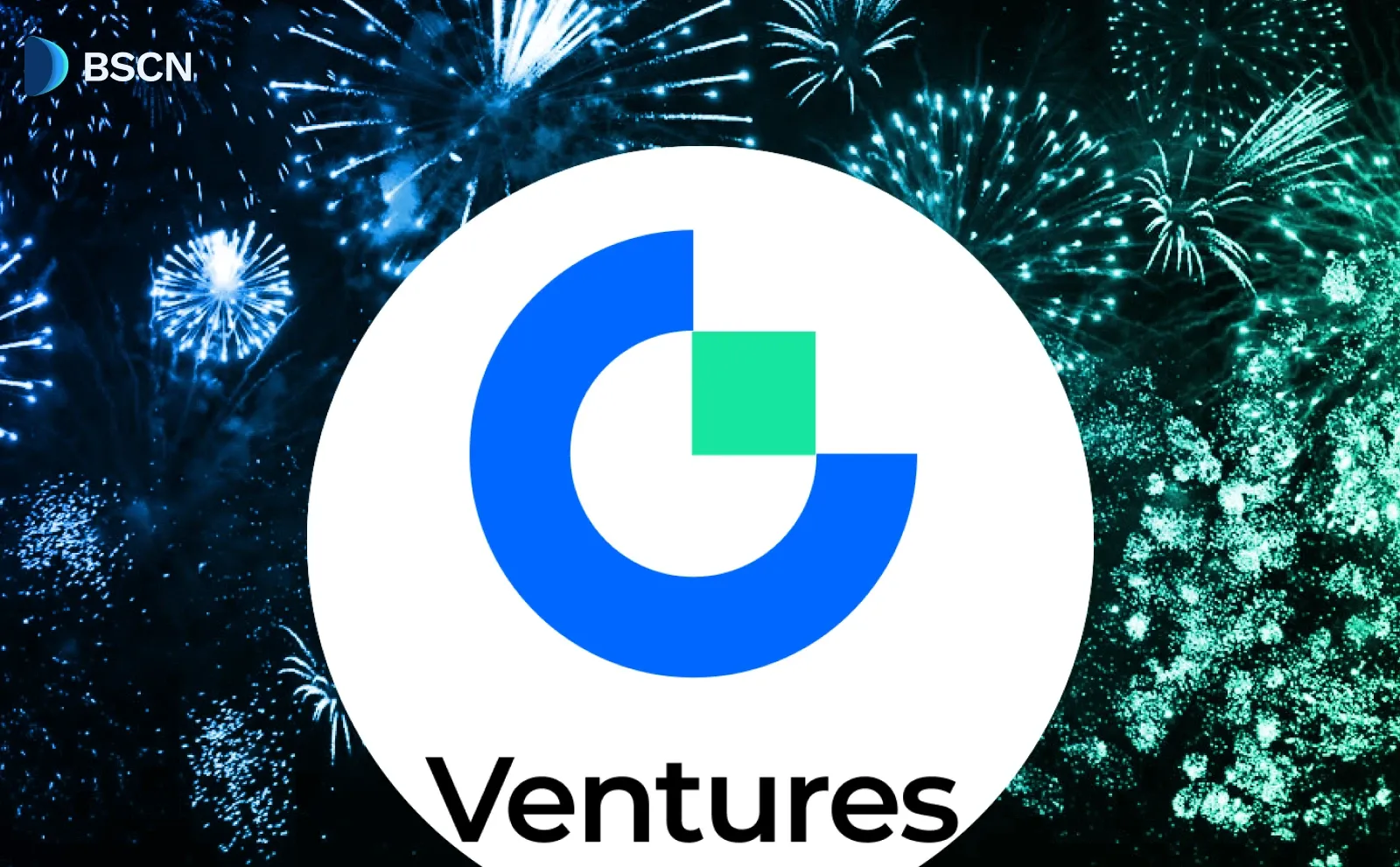Research
(Advertisement)
Janction Architecture Revealed: A Look At the Core Components Powering the Layer2 AI Blockchain
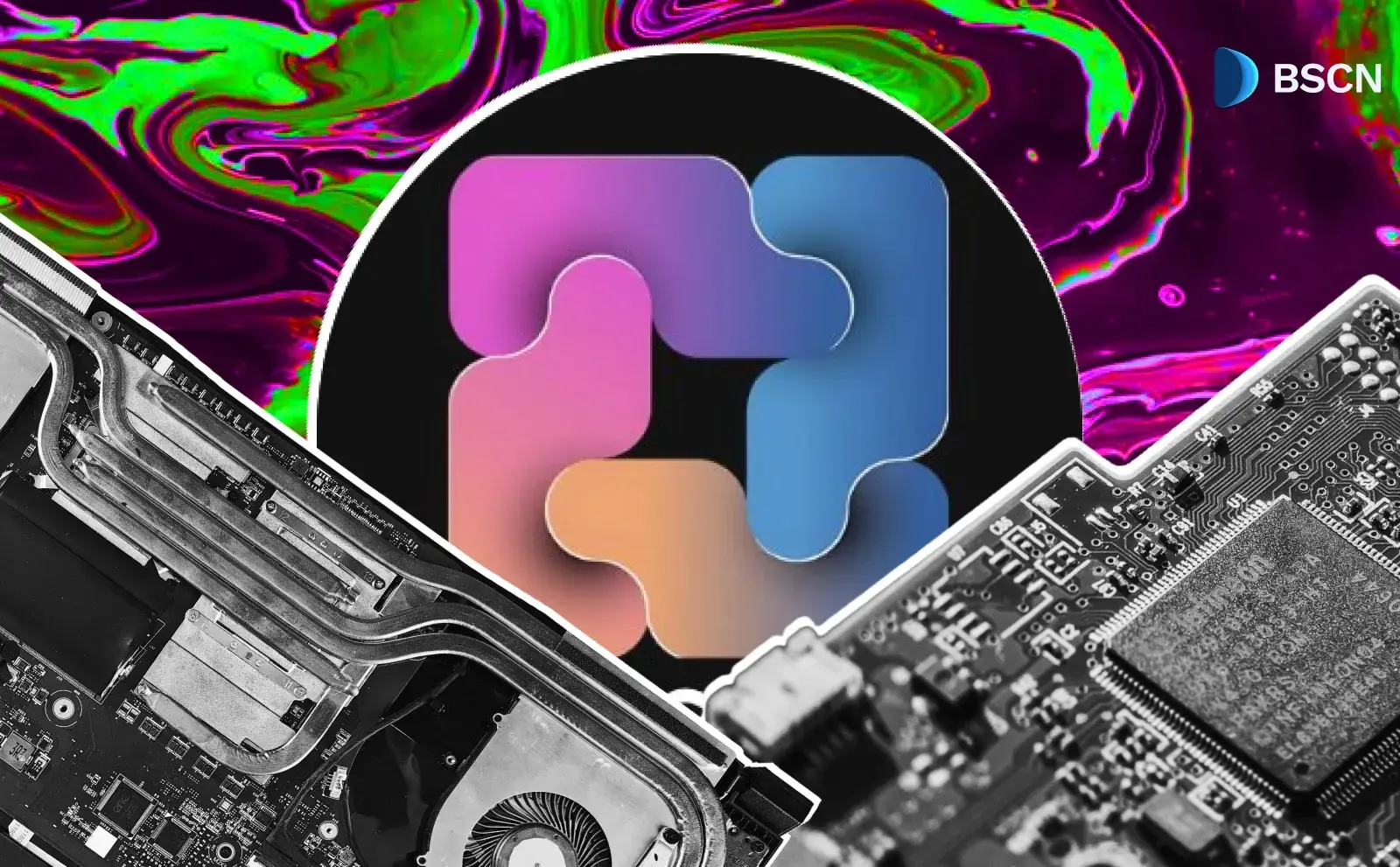
Janction's Layer2 AI blockchain integrates settlement layers, GPU pooling, and marketplaces for decentralized resource allocation, addressing resource scheduling and privacy in AI services.
UC Hope
September 8, 2025
(Advertisement)
Table of Contents
The Janction blockchain features an integrated architecture that supports a decentralized network for AI services, emphasizing efficient resource allocation across the entire process from data acquisition to GPU utilization. This design addresses critical operational challenges, including resource scheduling to optimize task distribution and privacy protection to safeguard user information in a collaborative environment.
By incorporating elements like a dedicated blockchain layer for transaction settlement and data availability, alongside mechanisms for pooling distributed GPU resources and a marketplace for node management, the platform enables participants to engage in a transparent system where contributions are fairly rewarded based on verified inputs.
Origins and Development of Janction
Janction began as a project incubated by the Jasmy community in 2023 through JasmyLab Inc., based in Tokyo. The initiative drew from Jasmy's established focus on decentralizing IoT data. This foundation in data security provided a basis for Janction's expansion into AI compute resources.
In February 2025, Janction secured seed funding from investors such as Cogitent Ventures, DWF Labs, and Waterdrip Capital. That same month, the project launched its testnet on the Optimism OP Stack, which supports EVM-compatible operations for AI tasks. This setup allows for scalable processing within a Layer 2 environment.
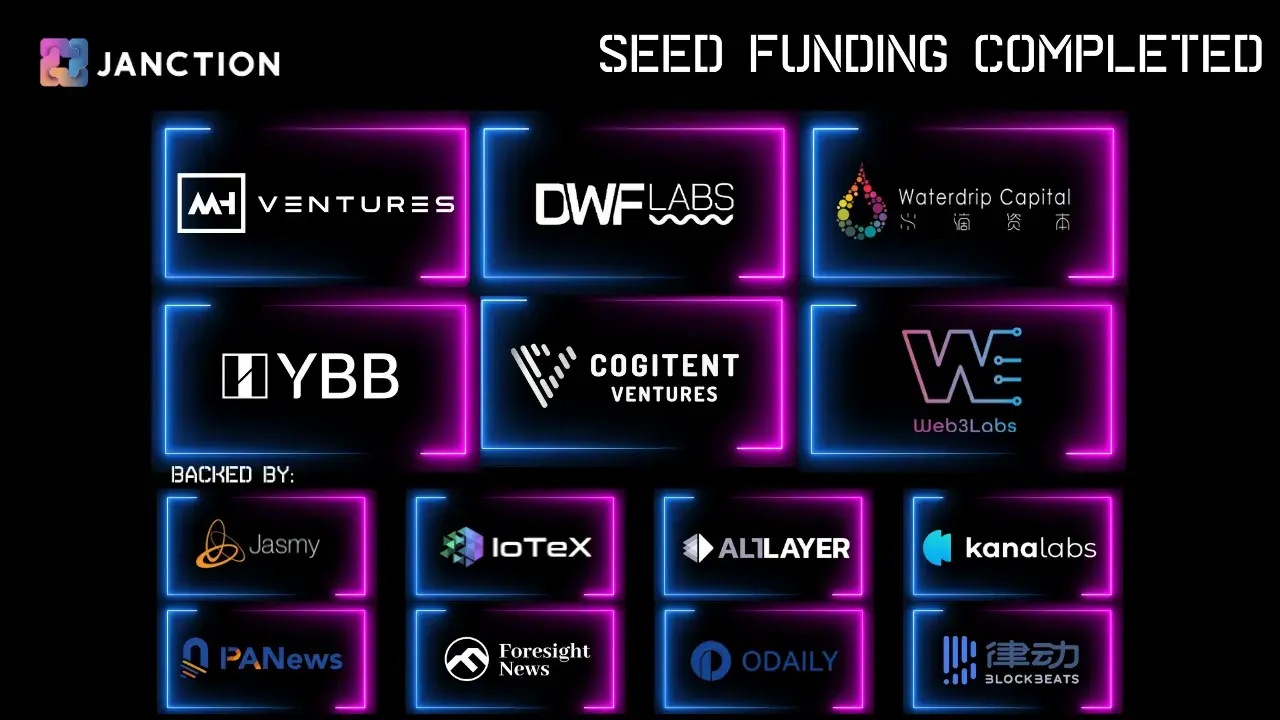
Core Architecture Components
Blockchain Layer: Settlement and Data Management
The Blockchain Layer functions as the settlement and Data Availability (DA) layer in Janction's system. It handles storage of content and transaction data, as well as the distribution of rewards. Data acquisition occurs through browser extensions for crawling and on-chain ingestion methods. Users can utilize the Janction Extension to upload data types, such as ChatGPT queries or social app information, after signing transactions.
Janction's Layer2 verifies and records these transactions using a Proof of Contribution consensus algorithm. This mechanism rewards participants according to their input, with all transactions stored in the DA layer. The layer ensures transparency in how contributions are evaluated and compensated.

Distributed Resource Pooling: GPU Aggregation and Allocation
Distributed Resource Pooling aggregates GPU resources into virtual GPUs (vGPUs) with standardized power and memory specifications. These are organized in a microservices architecture via VxLan technology. Allocation relies on routing and scheduling algorithms, with pricing determined by the PVCG mechanism.
AI microservice containers within this component communicate with each other through RESTful APIs. Janction's backend provides service APIs to facilitate interactions. This pooling approach enables the efficient use of distributed hardware, addressing global GPU shortages that intensified in 2024 and 2025 due to the rising demand for AI.
Nvidia maintained dominance during this period, but Janction's model seeks to decentralize access by tokenizing idle GPUs under a DePIN (decentralized physical infrastructure network) framework, aligning with 2025 trends in this sector.
GPU Marketplace: User and Node Management
The GPU Marketplace oversees user information, node operations, service monitoring, and user reputation systems. These elements help evaluate resource value and prevent malicious activities. Key participants include GPU Providers, who supply resources for earnings; Aggregators, who create and maintain resource pools; and Users, who access GPUs and services.
All participants can act as nodes by staking on the Janction Blockchain, with revenue allocated based on the amount staked. Aggregators are elected through on-chain staking processes. This marketplace ensures a structured environment for trading and utilizing computational resources.
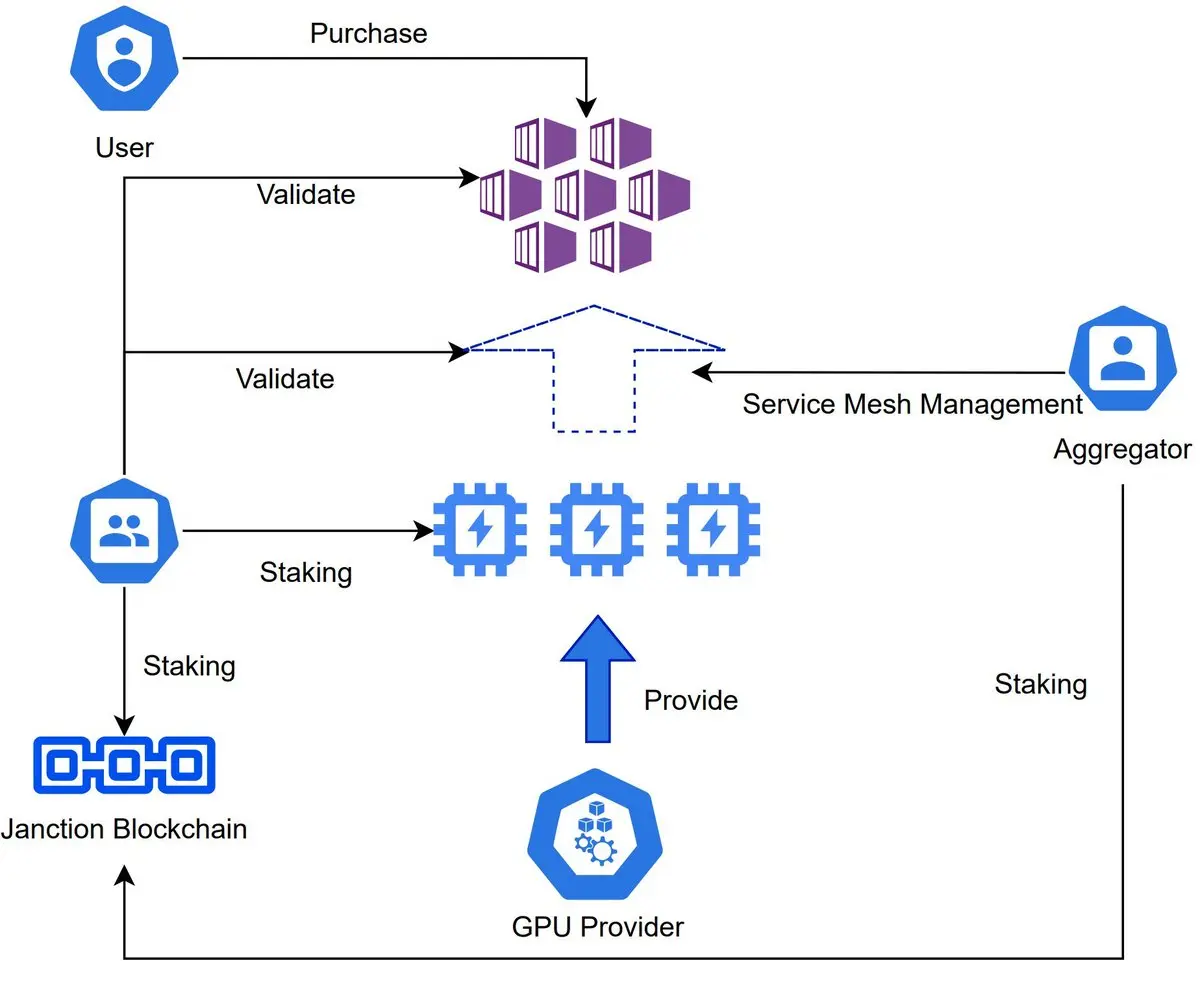
Partnerships and Integrations
Janction has formed several collaborations to enhance its capabilities. A partnership with DMC DAO integrates content from 20 million DJs' music onto the chain, enabling viewer rewards and supporting creator economies. This tie-up was reannounced in September 2025, highlighting expansions into music metaverses amid increasing cryptocurrency adoption in the entertainment industry.
Collaboration with DeepLink provides GPUs for decentralized cloud gaming protocols. Additionally, integration with the TEN protocol enables the secure sharing of encrypted on-chain AI models and global GPU resources.
Generally, these partnerships contribute to Janction's ecosystem by combining computing power with specialized applications.
Why is Janction Relevant?
Global AI demand led to significant GPU shortages between 2024 and 2025, reinforcing Nvidia's market position while prompting alternatives, such as Janction's decentralized access. By tokenizing idle GPUs, Janction participates in the DePIN trend, where physical assets are integrated into blockchain networks.
In comparison, Akash Network offers decentralized cloud computing services, and Bittensor focuses on distributed AI training. Janction differentiates itself through its Layer 2 structure on Optimism, EVM compatibility, and ties to Jasmy's data security framework. Hara's dual leadership role enhances this integration, offering a comprehensive approach to Web3 AI.
The project's testnet launch in February 2025 marked a significant milestone, with ongoing developments in partnerships, such as the DMC DAO integration, emphasizing practical applications in content creation and rewards.
Final Thoughts
Janction's architecture enables decentralized AI services through its Blockchain Layer for settlement and data management, a Distributed Resource Pooling System for GPU aggregation and allocation, and a GPU Marketplace for user and node oversight. These components support resource scheduling, load balancing, and privacy protection, with participants contributing via staking and resource provision.
Integrations with partners such as DMC DAO, DeepLink, and the TEN protocol extend capabilities in music content, cloud gaming, and secure AI models. Backed by seed investors and aligned with Japan's Society 5.0, Janction operates in a market shaped by GPU shortages and competes with networks like Akash and Bittensor, leveraging Jasmy's data expertise for a cohesive Web3 AI ecosystem.
Sources:
Janction Architecture Documentation: https://docs.janction.io/architecture
Janction X: https://x.com/JANCTION_Global/status/1964539876205801558
Read Next...
Frequently Asked Questions
What is Janction's Blockchain Layer?
Janction's Blockchain Layer serves as the settlement and data availability layer, managing transaction storage and reward distribution using a Proof of Contribution consensus algorithm.
How does Janction handle GPU resource pooling?
Janction aggregates GPUs into vGPUs with uniform specifications, using VxLan for microservices architecture and PVCG for pricing, with allocation via routing algorithms.
How does Janction handle GPU resource pooling?
Janction aggregates GPUs into vGPUs with uniform specifications, using VxLan for microservices architecture and PVCG for pricing, with allocation via routing algorithms.
Disclaimer
Disclaimer: The views expressed in this article do not necessarily represent the views of BSCN. The information provided in this article is for educational and entertainment purposes only and should not be construed as investment advice, or advice of any kind. BSCN assumes no responsibility for any investment decisions made based on the information provided in this article. If you believe that the article should be amended, please reach out to the BSCN team by emailing [email protected].
Author
 UC Hope
UC HopeUC holds a bachelor’s degree in Physics and has been a crypto researcher since 2020. UC was a professional writer before entering the cryptocurrency industry, but was drawn to blockchain technology by its high potential. UC has written for the likes of Cryptopolitan, as well as BSCN. He has a wide area of expertise, covering centralized and decentralized finance, as well as altcoins.
(Advertisement)
Latest News
(Advertisement)
Crypto Project & Token Reviews
Project & Token Reviews
Comprehensive reviews of crypto's most interesting projects and assets
Learn about the hottest projects & tokens




